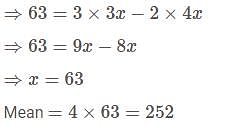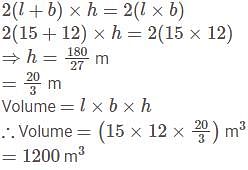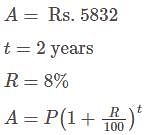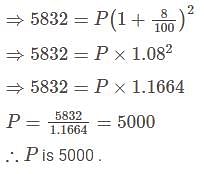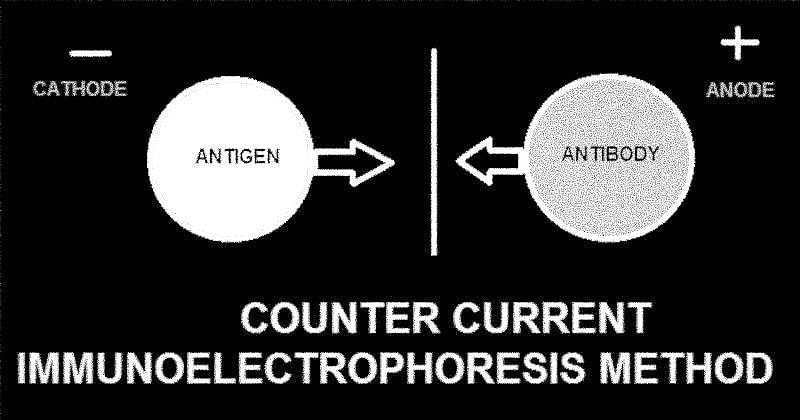CSIR NET Life Sciences Mock Test - 9 - CSIR NET Life Science MCQ
30 Questions MCQ Test CSIR NET Life Science Mock Test Series - CSIR NET Life Sciences Mock Test - 9
How many rhombuses are there in the following figure?
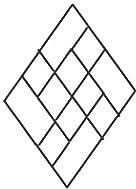

Arrange the words given below in a meaningful sequence.
1. Leaf
2. Fruit
3. Stem
4. Root
5. Flower
1. Leaf
2. Fruit
3. Stem
4. Root
5. Flower
| 1 Crore+ students have signed up on EduRev. Have you? Download the App |
The profit earned after selling an article for Rs. 1,754 is the same as loss incurred after selling the article for Rs. 1,492. What is the cost price of the article?
The ratio of the mean and median of a set of observations is 4:3 and the mode of this data is 63. What is the mean of this set of observations?
If the sum of the radius and the height of a closed cylinder is 35 cm and the total surface area of the cylinder is 1540 cm2 then the circumference of the base of the cylinder is:
A hall is 15 m long and 12 m broad. If the sum of the areas of the floor and the ceiling is equal to the sum of the areas of four walls, the volume of the hall is:
A certain sum amounts to Rs. 5832 in 2 years at 8% per annum compound interest, the sum is?
In a family, the father has a blood group ‘A’ and the mother has a blood group ‘B’, Children show 50% probability for a blood group “AB” indicate that:
An organism that has peroxidase and superoxide dismutase but lacks catalase is most likely an :
Poisonous fluid present in nematocyst of Hydra is:
The type of natural selection where more individuals acquire a value other than the mean character value is known as:
Which of the following recognize a specific amino acid and its cognate tRNA molecule?
The genetic composition of an organism is known as:
Ultraviolet radiations cause mutations due to:
Which of the following statements is not true about Protista?
Round seed trait (R) is dominant over wrinkled (r) seed trait in Pea. Heterozygous round seeded plant (Rr) is crossed with wrinkled seed plant (rr). What is the possible progeny?
Which statement/s is/are correct about resolution? It is
1. Exchange of DNA fragments
2. Heterochromatin structure formation
3. Regeneration of duplex DNA molecule
4. Cleavage of holiday junction
Which of these are components of most proteins?
A cell organelle that is present in animal cells but not present in plant cells is?
What changes are made in B cells when they switch from producing IgM or IgD to IgG immunoglobulins ?
NGT that has been issuing multiple directives is a:
1. quasi-judicial body.
2. bounded by civil procedure code of 1908.
3. works on the principle of natural justice.
4. act as 'fast track court'.
Select the correct answer using the given codes below.


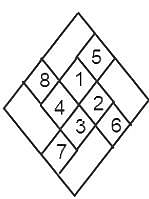
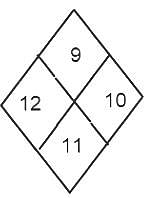
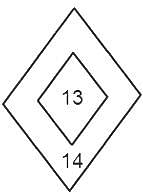



 is the correct alternative.
is the correct alternative.